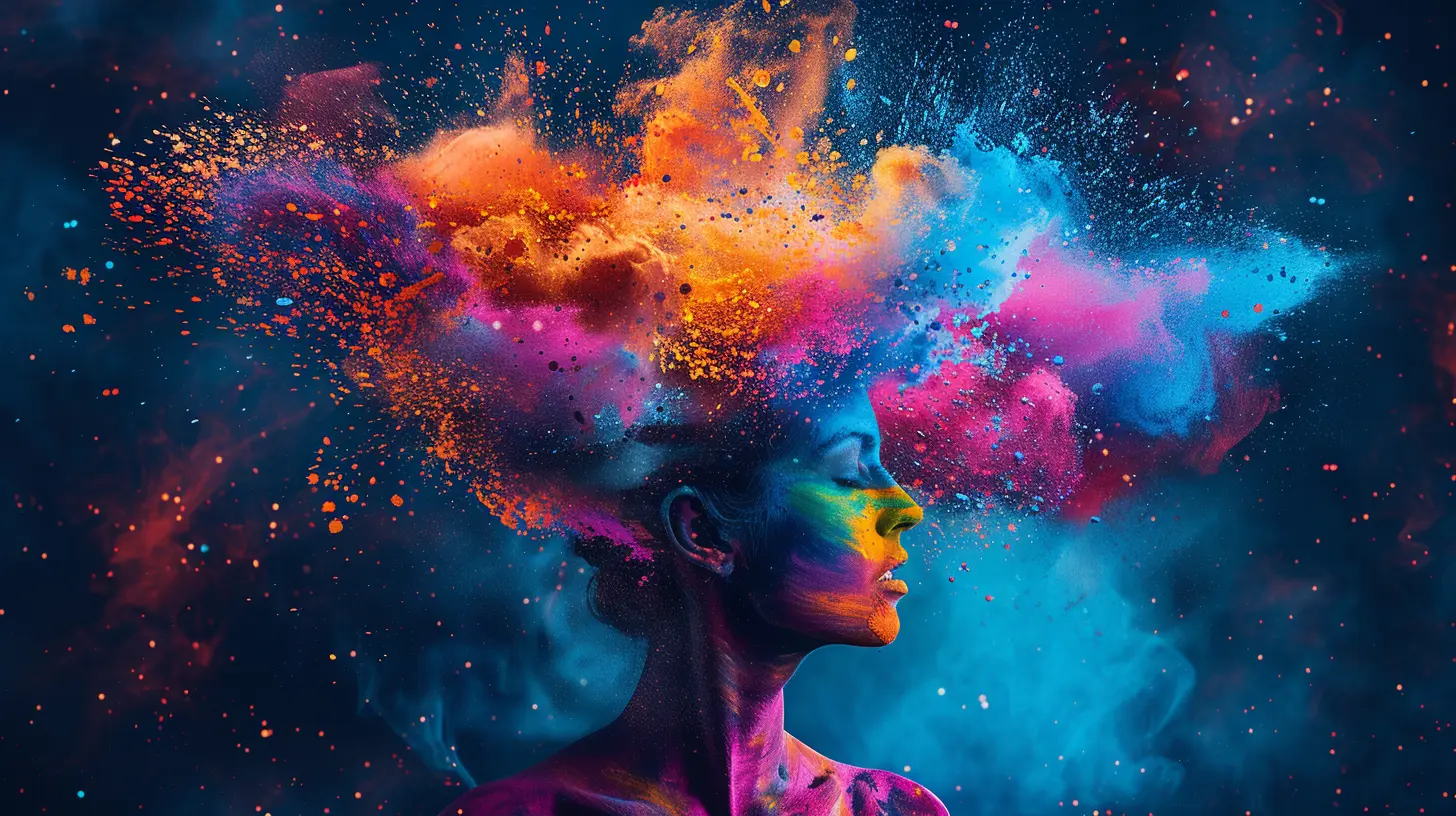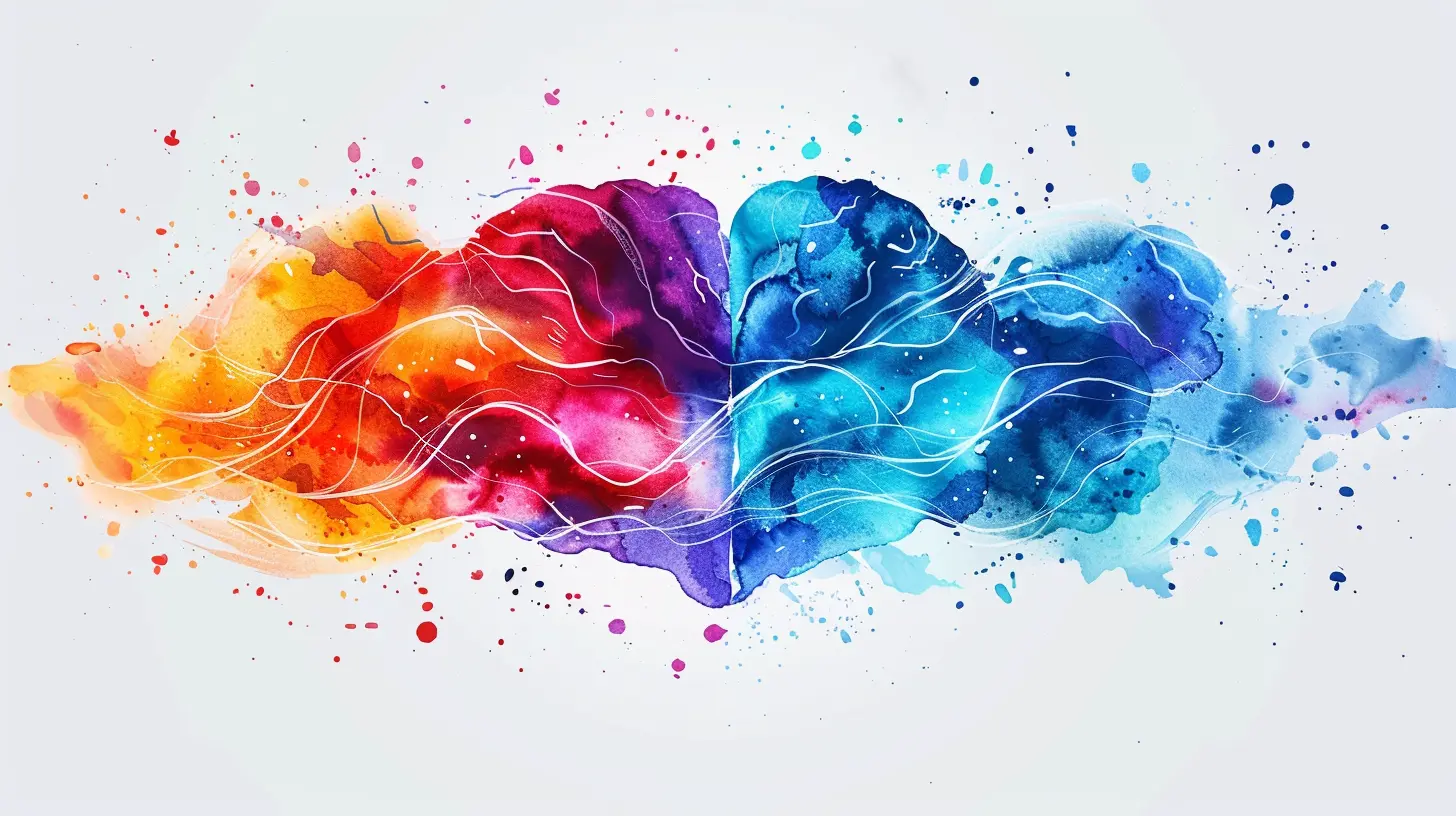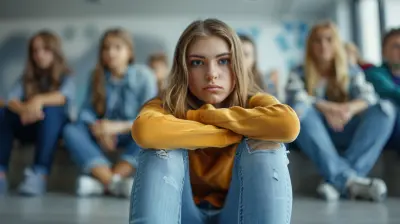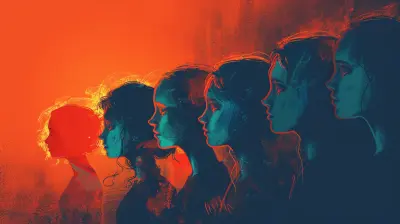The Healing Power of Creativity for Mental Health
1 November 2025
Have you ever noticed how painting, journaling, or even just doodling in the margins of a notebook can make you feel better? That’s not just in your head—well, actually it is—in the best way possible. Creativity isn't just about making something beautiful or impressive. It’s a powerful, natural remedy for our mental health. The healing power of creativity for mental health is real, and today, we're diving into why and how you can harness it.

Why Does Creativity Matter for Mental Health?
Let’s face it—life gets heavy sometimes. Stress builds up. Anxiety and depression creep in like uninvited guests. When your thoughts start spiraling, reaching for a paintbrush or scribbling down your emotions may feel like the last thing on your to-do list. But that small act? It can be transformational.Creativity allows us to express emotions we can’t always verbalize. It gives us a safe outlet to process, reflect, and even heal. It’s not about becoming Picasso or writing a bestselling novel. It’s about showing up for yourself in the most honest, raw, and human way.
Think of creativity as emotional yoga—it stretches your mind, releases hidden tension, and sometimes helps you find beauty in chaos.
Understanding the Science Behind Creative Healing
Let’s get nerdy for a second. Brain scans show that when you're creating—whether it's painting, dancing, or writing—your brain lights up in amazing ways. Using creative expression engages multiple regions like the prefrontal cortex (hello, problem solving!) and the amygdala (where emotions live).Here's the magic: engaging in creative work actually reduces cortisol levels, which is your body’s main stress hormone. Lower cortisol = less stress = better mental well-being.
Art therapy, music therapy, dance therapy—they all use creativity as a cornerstone of healing. Psychologists and neuroscientists have proven it’s not just fluff. It’s legit science.
Creativity as a Form of Self-Care
Bubble baths and scented candles are great, but let’s talk about creativity as a self-care ritual.Imagine this: You’re feeling anxious. Your chest feels tight. Your thoughts are racing. So, you grab a journal and start writing about what's on your mind—no filter, no judgment. Ten minutes later, things don’t feel so heavy anymore.
That’s the beauty of creativity—it grounds you. It pulls you into the present. It gives you a break from overthinking and brings your attention back to being instead of doing.
Ways to Use Creativity in Your Self-Care Toolkit
- Journaling: Free-write your thoughts every morning or night. Stream of consciousness writing is therapeutic magic.- Drawing or Doodling: Even if it's stick figures or squiggles, the act of putting pen to paper is soothing.
- Crafting or DIY projects: Stitch, bead, build, glue—just create!
- Music: Learning an instrument or just singing in the shower can do wonders.
- Photography: Capturing moments makes you more observant and mindful.
- Dancing: Shake off stress—literally.
And no, you don’t have to be “good” at any of them. Creativity isn’t about skill. It’s about expression.
The Emotional Release of Creative Expression
We all carry emotions around like invisible backpacks—some days they feel light, other days they feel like they’re filled with bricks. Creativity helps unload that emotional weight.Ever cried after writing a poem? Felt clarity after molding clay? That’s emotional release in action.
When words fail, art speaks.
You don’t need to understand exactly why you feel the way you do. Sometimes, just getting it out creatively helps you process it subconsciously. It’s like whispering to yourself, “Hey, it’s okay to feel this.”
How Creativity Builds Resilience
Here’s the thing—life is unpredictable. And emotional resilience? That’s what helps us bounce back when things go sideways.Creativity nurtures resilience by teaching us to experiment, mess up, and try again. It shows us that failure isn’t the end; it’s part of the process. One brushstroke at a time, one journal page at a time—we rebuild our strength.
It also boosts self-esteem. Creating something—even something small—gives you a sense of accomplishment. It's a reminder that you have agency, even when the world feels chaotic.
Creativity as Connection: You’re Not Alone
When you share your creative work, you connect with others on a whole new level. Vulnerability breeds connection. Whether it’s posting your artwork online or sharing a short story with a friend, creativity is a beautiful way to say, "This is who I am" without words.And guess what? That moment when someone says, “I feel that too”? Instant mental health boost. Feeling seen and validated is incredibly healing.
In group therapy settings, creative activities often help people open up more easily than traditional talk therapy alone. Sharing stories through art creates safe, supportive spaces where healing feels possible.
Creativity Helps You Reconnect With Joy
When was the last time you did something simply because it made you happy—not because it was productive or profitable?Creativity brings you back to that childlike joy. Finger painting. Building sandcastles. Singing at the top of your lungs. That sense of play we often lose in adulthood? Creativity brings it back.
Happiness isn’t just a fleeting emotion—it’s something we can cultivate. Creative activities remind us that joy doesn’t need to come from grand achievements. It often lives in the little moments of expression and exploration.
Daily Creative Habits That Support Mental Health
You don’t need hours of free time or fancy tools. Just a few minutes a day can create a mental shift.Here are some simple habits to try:
- Keep a “Bad Art” Sketchbook: No pressure. Just play.
- Start a “One Line a Day” journal: Write one honest sentence each night.
- Create Mood Playlists: Curate music for different emotional states.
- Try Morning Pages from Julia Cameron’s "The Artist’s Way"—3 pages of unfiltered writing each morning.
- Make Collages: Rip up old magazines. Let your instincts guide you.
- Take Creative Walks: Bring a camera or notebook and capture what inspires you.
The goal isn’t perfection. The goal is reflection.
But What If I'm Not “Creative”?
Stop right there. Everyone is creative in their own way. We just define creativity too narrowly. It’s not exclusive to artists or musicians. If you’ve ever solved a problem in a weird way, made up a joke, or decorated your space—you’ve been creative.Creativity is a mindset, not a skill set.
Still feel stuck? Try “creative cross-training.” If writing feels intimidating, doodle instead. If painting feels too serious, try digital art. There’s no wrong way to be creative.
Stories of Healing Through Creativity
Let’s talk real people. Countless individuals have used creative outlets to navigate tough times:- Emma, who battled postpartum depression, found relief in watercolor painting. “It helped me feel like myself again,” she says.
- Mark, a former corporate executive, turned to photography after a burnout. “Through the lens, I saw the world differently—and it saved me.”
- Jasmine, who journaled through her anxiety and eventually turned her entries into a blog that now helps others.
These aren't rare cases. They’re everyday people who turned to creativity as a lifeline—and found healing along the way.
Creativity Complements Traditional Therapy
Let’s be clear—creativity is powerful, but it’s not a replacement for professional help. However, it pairs beautifully with therapy, medication, and other mental health treatments.A lot of therapists now incorporate creative techniques into sessions. And many clients report that journaling or art helps them process what they talk about in therapy.
It’s like giving your subconscious a microphone.
Final Thoughts: Give Yourself Permission to Create
So, what are you waiting for? Don’t wait until you feel “good enough” or “less busy.” The healing power of creativity for mental health is accessible, affordable, and always available.You don’t need to create a masterpiece. Just create.
Write the messy poem. Paint the strange landscape. Dance even if you’re offbeat. Sing off-key. Laugh while gluing sequins to paper. Whatever outlet you choose, pour yourself into it.
Your mind, your heart, and your soul will thank you.
Here's Your Call to Action:
Pick one creative activity. Just one. Try it this week. No pressure. No expectations. Just see how it makes you feel. And remember—you’re not broken. You’re becoming. And creativity? It’s your companion on the journey back to yourself.all images in this post were generated using AI tools
Category:
Mental Health EducationAuthor:

Jenna Richardson
Discussion
rate this article
1 comments
Ethan Kelly
Creativity offers a unique outlet for emotions, fostering healing and self-discovery. It’s a powerful tool for mental well-being.
November 1, 2025 at 4:48 AM

Jenna Richardson
Thank you! I'm glad you resonated with the article. Creativity truly is a transformative force for emotional healing and self-exploration.


